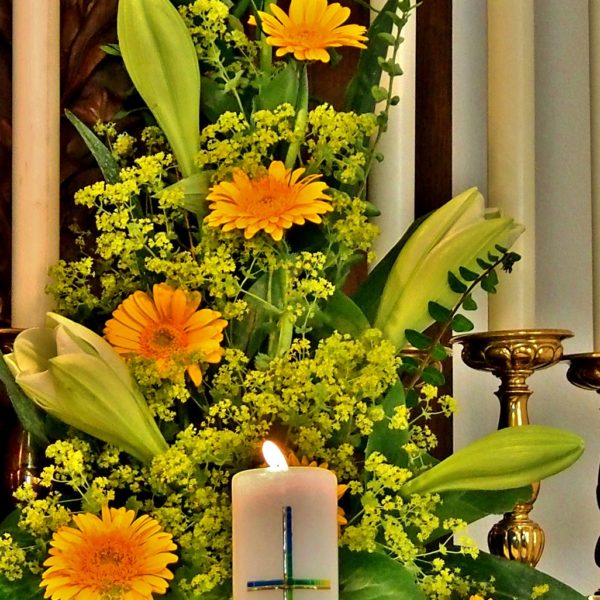Life and Legacy
by Aimée O’Connell
When we hear “end-of-life planning,” we likely imagine meetings involving wills, property, funeral instructions and burial site selection. It is not something we face with great enthusiasm. For parents with children whose cognitive, emotional, behavioral and communicative skills are limited by autism and other conditions, end-of-life planning bears the additional question of how those children will be cared and provided for in their own adulthood. It is a process which draws deeply on faith and hope that plans can be followed and provisions can be made to ensure that adult, disabled children can live the best and fullest lives possible.
And then… what will happen at the end of THEIR lives?
In many cases, planners take that question into account, and provisions are made to cover financial costs and instruct caregivers in general terms regarding the family’s faith background, place of worship and burial site.
One mom of an adult autistic daughter recently thought about this further, imagining what the end of her child’s lifetime might look like. Who, in the family, will still be living? Where will they be, geographically? How many times will her caregivers have changed by then? Will they be as familiar, as patient, as loving as those there now?
Who will be left, who truly knows her, at the end of her life?
The more this mom considered those questions, the more she realized that the core group of family, friends and caregivers who know her daughter now are the ones who appreciate her to the fullest extent. These are the people who assist in carrying her daughter’s story – and, for the most part, they are a generation ahead, which means they will not likely be alive at the end of her daughter’s life.
With so great a focus on the pragmatic side of end-of-life planning, there is usually an assumption that, even if the deceased could not afford or arrange the particulars for themselves, they at least will have friends and family to memorialize them.
Here’s the point: What happens to people whose ability to be known is limited to being-with-them? How do we memorialize lives lived beautifully by people unable to work, unable to speak, unable to plan and attend social gatherings for themselves, unable to make… unable to do those things which we typically rely on to describe a person’s legacy after they are gone?
Memorialization is a vital part of our human existence. One need only look at monuments, national holidays and the persistence of obituary pages even as the rest of our newspapers scale back content in the digital age. Death may silence our voices, but our stories live on. Yet, when it comes to the severely impaired, our voices are not always heard even in our lifetimes. How do we provide autistic and disabled people not just a funeral and burial, but an actual memorial, a lasting gift affirming that their lives were indeed of great and wonderful value?
This mom has started building a portfolio for her daughter, while friends and family are still healthy and within reach. She is filling it with stories, memories, photographs, artwork and song, all by those who know her daughter and can describe her in beautiful detail. When it is complete, this collection will leave no doubt in anyone’s mind who her daughter is and what she means to those who know her. And, of course, this master scrapbook will be something she will have, and keep, throughout the remaining course of her lifetime. Even if the end of her life finds her surrounded by people who only care for her or encounter her casually, her story will be a vivid window into who she is at her deepest core.
When we think about helping plan for an autistic person’s future, how very insightful to realize that their voice may not be remembered by the time their future fully unfolds. Accommodations are not limited to those things we can do for a person now. Assisting in telling a person’s legacy can be just as meaningful a gesture to their heart as helping them navigate their ordinary activities of daily living.

